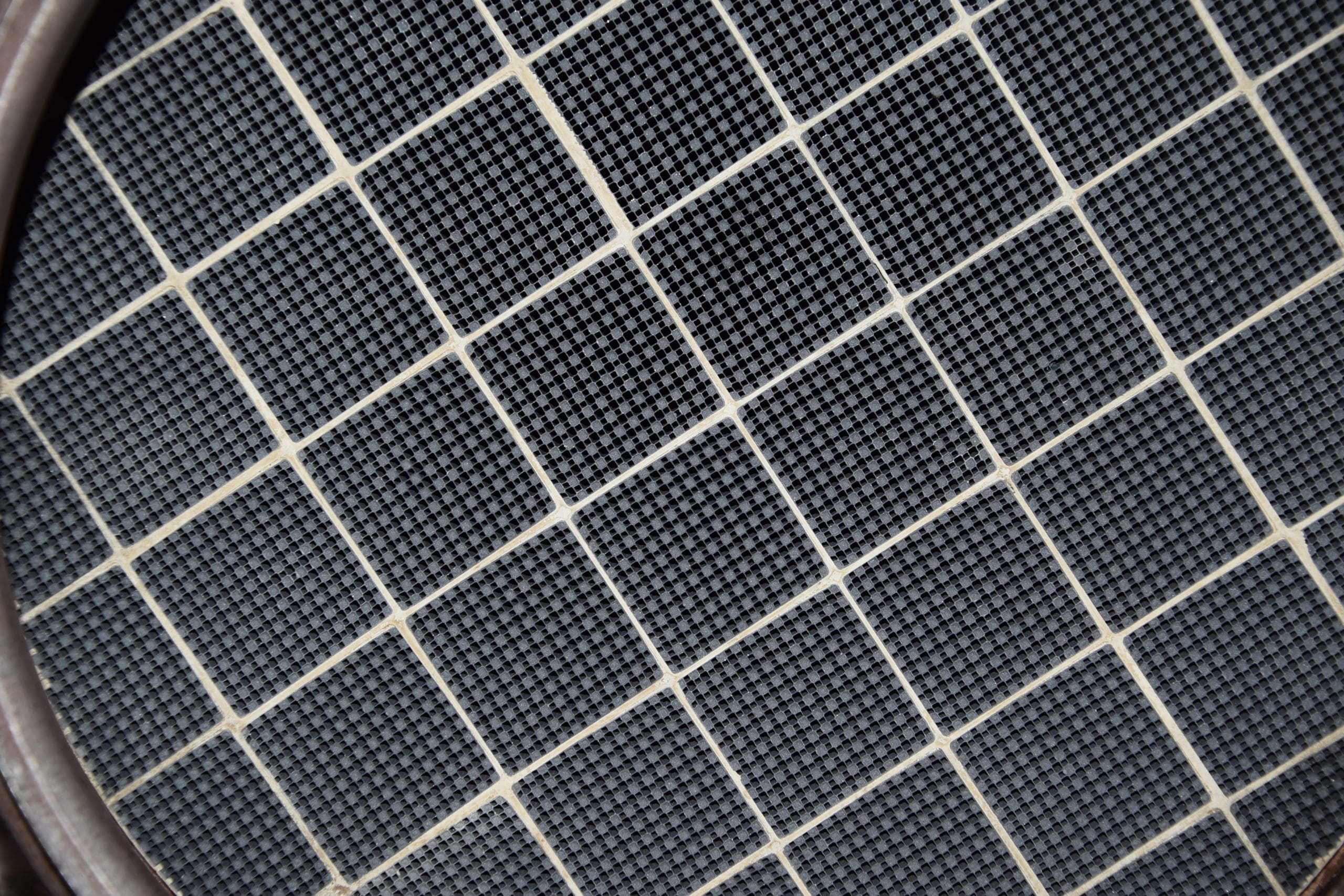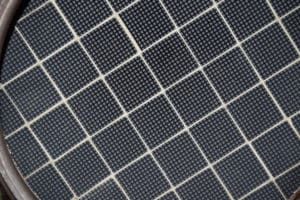
What is a DPF?
 Much like any filter, the DPF is designed is to trap particles – in this case, the harmful soot produced during the combustion cycle. Situated in the exhaust system, it features thousands of tiny channels that trap soot on its walls and prevent particulate matter from exiting the tail pipe. But whilst most other filters can simply be replaced when full, in a DPF, the trapped soot must be periodically emptied or ‘burned off’ – a process known as regeneration.
Much like any filter, the DPF is designed is to trap particles – in this case, the harmful soot produced during the combustion cycle. Situated in the exhaust system, it features thousands of tiny channels that trap soot on its walls and prevent particulate matter from exiting the tail pipe. But whilst most other filters can simply be replaced when full, in a DPF, the trapped soot must be periodically emptied or ‘burned off’ – a process known as regeneration. What is regeneration?
The DPF can start regeneration in a number of ways, but both need the exhaust gases to get extremely hot to cleanly burn off the excess soot. Passive regeneration is automatic and occurs when a vehicle is driven at speed for an extended period, enabling the exhaust to reach the required temperatures.
If this is not possible though, because of frequent shorter journeys for example, the vehicle’s ECU will take measures to prevent the filter from clogging. Known as active regeneration, it injects a small amount of fuel upstream of the DPF, post combustion, to increase the exhaust temperature and trigger regeneration itself.
How do DPFs become blocked?
However, there are many factors that can stop regeneration from working effectively, or even starting, ultimately leading to a blocked DPF. These include:
- Short journeys: frequent stop-start or short journeys at low speeds, where the engine fails to reach the optimum temperature for regeneration, are the main cause of blocked DPFs.
- Warning light: a dashboard warning light or a diagnostic trouble code stored in the ECU can also prevent regeneration.
- Wrong engine oil: sulphated ash and/or additives contained in some oils can block the filter prematurely – to prevent build-up a low ash, low sulphur engine oil should always be used.
- Faulty components: a faulty fuel injector or turbocharger can cause the vehicle to run rich creating excessive soot. Similarly, a faulty EGR valve can increase the production of diesel particulates, both causing the DPF to become blocked quicker than normal.
- Low tank: many vehicles will not initiate an active regeneration if the fuel or Eolys™ additive tank is less than a quarter full.
- Overdue service: the DPF on a poorly service vehicle may fail sooner since factors such as oil quality and level can also prevent regeneration.
Note, in most cases, a blocked DPF is usually a symptom of another problem. As such, it is important to identify the root cause of the blockage and address this, before a new or cleaned DPF is fitted. Failure to do this will result in the newly installed filter quickly become blocked again – this can happen in as little as 30 miles.
Symptoms of a blocked DPF
Fortunately, there are several signs that suggest the DPF may not be functioning correctly, and corrective action is needed, such as:
- Engine warning light: the most obvious sign of a blocked DPF is a dashboard warning light.

- Limp home mode: in extreme cases – especially if the fault is ignored – a blocked DPF will cause the vehicle to go into limp-home mode, limiting it to certain speeds or revs, to protect it from further damage.
- Reduced engine performance: a blocked DPF filter will affect the exhaust’s ability to remove gas from the engine, preventing it from working to its full capacity and resulting in a noticeable decrease in acceleration.
- Poor fuel economy: because more throttle will be required to compensate for the lost power, the vehicle will use more fuel. Engines that are not running efficiently will also often over fuel to prevent damage and increase exhaust temperatures for regeneration.
- Difficulty starting: excess gas in the engine can create a buildup of pressure in both the engine and DPF. When this happens, the vehicle may not start to prevent further damage.
- Rough idling: engine idling issues can also occur as result of over fueling, a restricted air flow or the engine constantly having to adjust due to poor sensor readings. This is more noticeable when the vehicle is warm but either stationary or coasting in neutral.
- Turbocharger issues: the restricted flow of gas through the exhaust system can also cause an increase in gas temperatures, which in turn heats up the turbine housing. This can cause damage to the turbocharger, oil leaks and reduced efficiency. A blocked DPF may also cause the oil in the turbo system to carbonise.
- Increased exhaust smoke: black smoke, particularly when accelerating is a sign that the DPF is not functioning properly.
If these and/or earlier regenerations are ignored, or interrupted, the soot levels can build to a point where the DPF cannot regenerate on its own and will require a forced regeneration – a more rigorous self-cleaning process, usually initiated via a diagnostic scan tool.
Worse still, depending on the extent of the blockage, regeneration may not actually be able to fully clean the DPF. In this case, the only way to completely remove the particles is to either fit new – with new units costing upwards of several hundred pounds this is rarely a viable option – or have it professional cleaned by a company such as Carwood.

